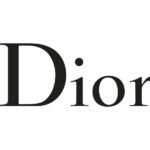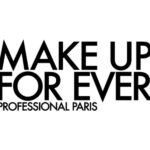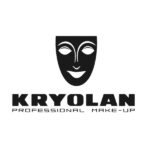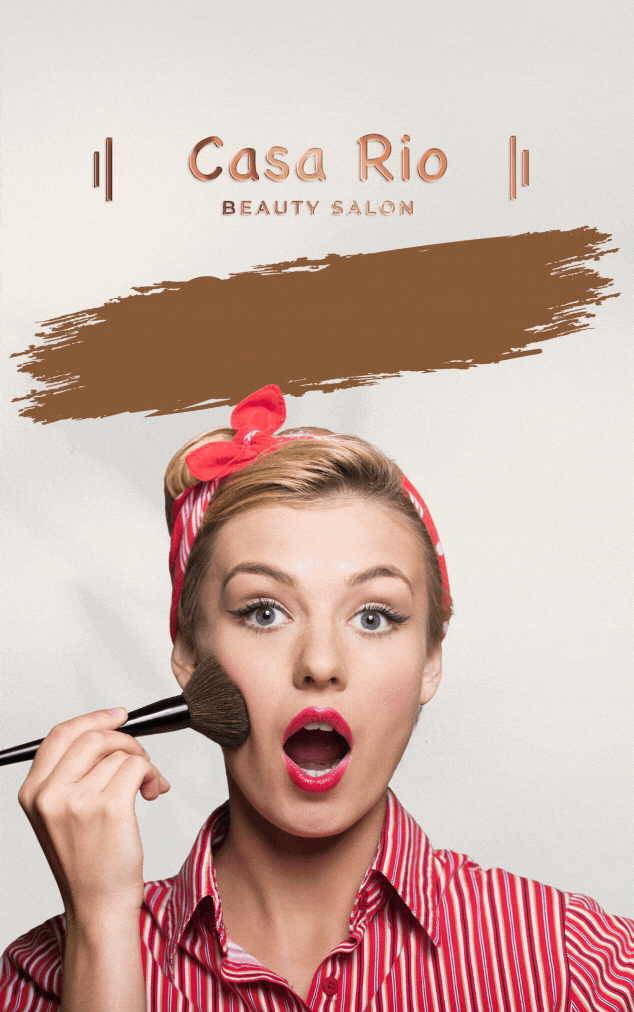Nahla Tabbaa: Redefining art and activism through culinary performances
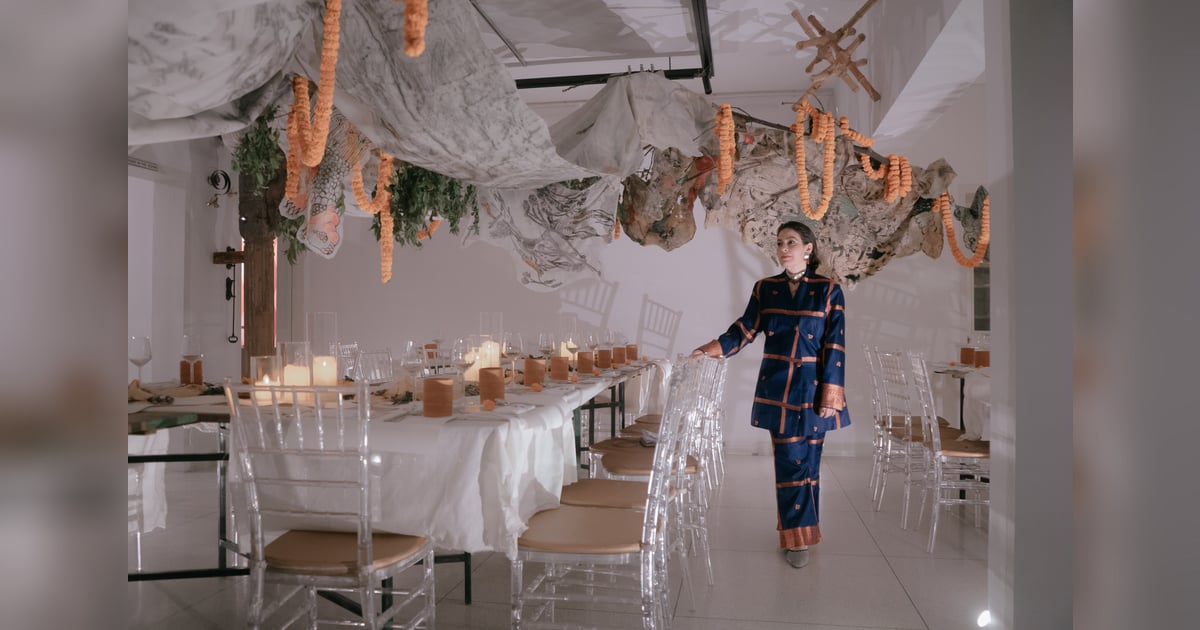
If you have stepped inside any museum or a contemporary gallery lately, you might have come across creative radicals who are redefining the landscape by eschewing traditional practices in favour of more daring approaches that unapologetically combine different disciplines, often leaving viewers pondering and questioning the very definition of art. Nahla Tabbaa is one such Arab voice who is constantly pushing the boundaries of art and recalibrating the role of an artist and creator. Born in Amman, the 38-year-old Tabbaa is an interdisciplinary artist, chef, pedagogue and programmes curator whose work straddles “the urban and the organic, the beautiful and the grotesque,” as she herself puts it.
Although Tabbaa effortlessly flits between critical research, alchemy, drawing, textiles, experimenting with ceramics and sculpture, she’s probably best known for her culinary performances. A fascinating genre that blends the politics and symbolism of food, the culinary arts can be an enigmatic and yet, powerful form of expression that artists like Tabbaa are using to process grief and as a mark of resistance and protest as well in a world riven by war and turbulence. Tabbaa’s work proves that the humble kitchen can be both an intimately personal space and a political and social battleground, a domestic setting from where she challenges the hegemony of the political class and asks fundamental questions about humanity, putting her weight firmly behind the historically oppressed. Tabbaa is a familiar name in the UAE art world, having exhibited widely in the region. From Al Serkal Avenue to Art Dubai, she has summoned the magic of food to reflect on the harsh realities of everyday life. “I have been informally exploring food as an act of self-care and hospitality as an extension of community building for a decade. However, this always stood outside the art world. It was just a way of life and an interest in research that I’ve always had,” says Tabbaa, who completed a culinary and farming diploma at the Ballymaloe Cookery School in Cork in Ireland and has staged her culinary acts, workshops and tasting sessions across UAE down the the years (‘Shamsa’ at Jameel Arts Centre, ‘Rewilding the Kitchen’ at Alserkal Arts Foundation in Dubai and a large-scale group exhibition titled ‘On Foraging: Food Knowledge and Environmental Imaginaries in the UAE’s Landscape’ at 421 in Abu Dhabi, to name a few). In 2023, as part of ‘On Foraging: Food Knowledge and Environmental Imaginaries in the UAE’s Landscape’ at 421, she collaborated with artist Moza Almatrooshi to delve into the ecology of UAE’s native plants — a practice they continue to do together. The outcome of this collaboration was an edible lecture at 421 and a dinner at Jebel Yanas in Ras Al-Khaimah, which refashioned dishes ubiquitous to the UAE, like stuffed dates with chaami, oyster shells filled with rice and sehna (anchovy powder), laminated pasta, plant-infused coolers etc. As part of the artistic adventure, participants embarked on a hike in search of wild honey at Jebel Yanas and spent the night there, rewinding and reconnecting with nature for a change.
 In 2015, I took on a part-time job as a food tour guide with Frying Pan Adventures in Dubai and that deep dive into stories, mapping migration and understanding flavours as pointers in history was so fascinating.
In 2015, I took on a part-time job as a food tour guide with Frying Pan Adventures in Dubai and that deep dive into stories, mapping migration and understanding flavours as pointers in history was so fascinating.
“In 2015, I took on a part-time job as a food tour guide with Frying Pan Adventures in Dubai and that deep dive into stories, mapping migration and understanding flavours as pointers in history was so fascinating. This landscape of artist-chefs began to grow for me and thankfully, with the support and opportunities presented at institutions like 421, Jameel Arts Centre, SEAF, Campus Art Dubai and Alserkal Arts Foundation, my practice started to evolve,” shares Tabbaa, who was awarded the prestigious Salama bint Hamdan Emerging Artist Fellowship in 2021. Though born in Amman, Tabbaa’s mother hailed from Bangladesh.
Fittingly, in a kind of homecoming, one of her culinary performances titled ‘Inside the Belly of the Beast’ was recently staged at the Durjoy Bangladesh Foundation’s gallery space in Dhaka. The performance was born out of grief, rage and resilience. The artist insists that she was deeply affected by human atrocities committed in her part of the world, particularly on her mind was the sufferings of the people of Gaza as well as the tense political situation in Bangladesh. ‘Inside the Belly of the Beast’ unfolded as a visceral culinary performance, marking the second iteration of ‘Thil’ — an immersive experience conjured by the artist, which invited audiences into a world where food became a medium for storytelling, resistance, and remembrance.
As the title suggests, ‘Inside the Belly of the Beast’ reimagined the insides of a formidable beast even as it reflected on human suffering. She describes it as “biblical”, adding that she set herself “the task of creating a menu that would reflect ‘Thil’s anatomy, and give audiences the experience of being swallowed by a beast, and to truly think about what it means to be inside the Belly of the Beast.” For ‘Thil’, she drew references from mythology as well as the Arabic phrase, ‘Ya Rab Tanshak Al Ard wa Tiblakom’ — ‘May God open up the Earth and swallow us whole.’ In the context of Bangladesh, the artist had curated hybrid foods at the ‘Inside the Belly of the Beast’ exhibition that traced their origins to pivotal moments in Bangladesh’s history — famine, partition, and liberation — while also reflecting her own homeland Jordan, which borders Palestine and as we recognise today, is currently besieged by war and famine. The performance honoured wild and indigenous plants from both regions, mixing up dishes that examined trauma and joy, grief and celebration. Two of Tabbaa works were installed at the Durjoy Bangladesh Foundation space in Dhaka — ‘I Sit Under Your Shade’ (2022) and ‘Thil’ (2024). The audiences were free to engage and interact with her work. With ‘Thil’ — Arabic for ‘shadow’— she hopes to speak against what’s happening in Palestine. It was conceived during Tabbaa’s residency at MAG Foundation in Amman and took shape as a mythical creature embodying both our collective shadow and rage against injustice.

“Durjoy Rahman, the founder of Durjoy Bangladesh Foundation, had acquired my work ‘I Sit Under Your Shade’, which he first saw on display during his visit to Colomboscope in Sri Lanka. Not only was I showing there, but I was also running a culinary workshop and culinary performance as part of the festival programme. We had discussed the idea of tailoring a micro-residency, and working on a culinary performance, but it all came together and made sense when Durjoy had viewed images of my latest work ‘Thil’. He proposed the idea of creating an immersion from within ‘Thil’ and this is how ‘Inside the Belly of the Beast’ was born,” explains Tabbaa, rueing the fact that culinary performances often face the challenge of having a limited reach. They appear niche to the larger world and are highly inaccessible to those not already consciously clued into contemporary art.
“Also, they cannot solve the larger issues we are dealing with. I’m not putting an end to famine, instead we are indulging in food. The way I try to sensitively address these urgent issues as a chef and artist is to ensure that the dishes are not in any way excessive, or wasted, that my processes are extremely sustainable, and that ingredients are local and true,” she reasons. Both of Tabbaa’s parents are artists. She grew up in the Amman countryside and has lived in the UAE for a decade. Through her work, she has also taken pains to remind viewers of the importance and poignant teachings of nature. In fact, her first job in the UAE was to activate a community urban garden at Sharjah Art Foundation’s Al Mureijah Art Spaces. “I had grown up amidst plants in a rural part of Jordan and in the previous job as a coordinator at Makan Art Space in Jordan, I was also tending to an aquaponic greenhouse and supporting the director with her vision for including artists who were interested in plants and gardens and their politics,” she explains.

At Sharjah Art Foundation, she further went on to establish their community programme, one of the pillars being the garden as a space of production, conversation and experiments. “Ten years on, the garden has been liberated to grow as it pleases. It is a stunning ecosystem in the heart of the Al Mureijah Art Spaces, both for humans and the-more-than-human world. You’ll find so many birds, birds nests and cats, nestling in its density,” says the artist proudly. “My choice to live in Dubai was to escape a more homogenous Arab identity in Jordan and explore a space that felt like a hybrid of both my roots,” she says. “Although I had visited Bangladesh, yearly, my entire life, my identity was almost narrated to me through the lens of my mother and family members. Living in Dubai and experiencing other South Asian encounters and narratives allowed me to be more expansive,” she states.
In a way, Tabbaa has seen UAE’s art scene rise rapidly over the years, mirroring her own personal growth as an artist. “When I first moved to Dubai,” she recalls, “there weren’t as many community programmes, neither were there public programme curators or educational departments for institutions. I’m proud to be one of the contributors to public engagement strategies and the growth of these programmes. I have witnessed and been part of the shifting scene, the growing number of emerging and mid-career artists self organising, the openness with which institutions had supported our visions, and the space I had to embrace my multiple identities, not just in my ethnicities but also as an artist, chef, curator and activist.”









